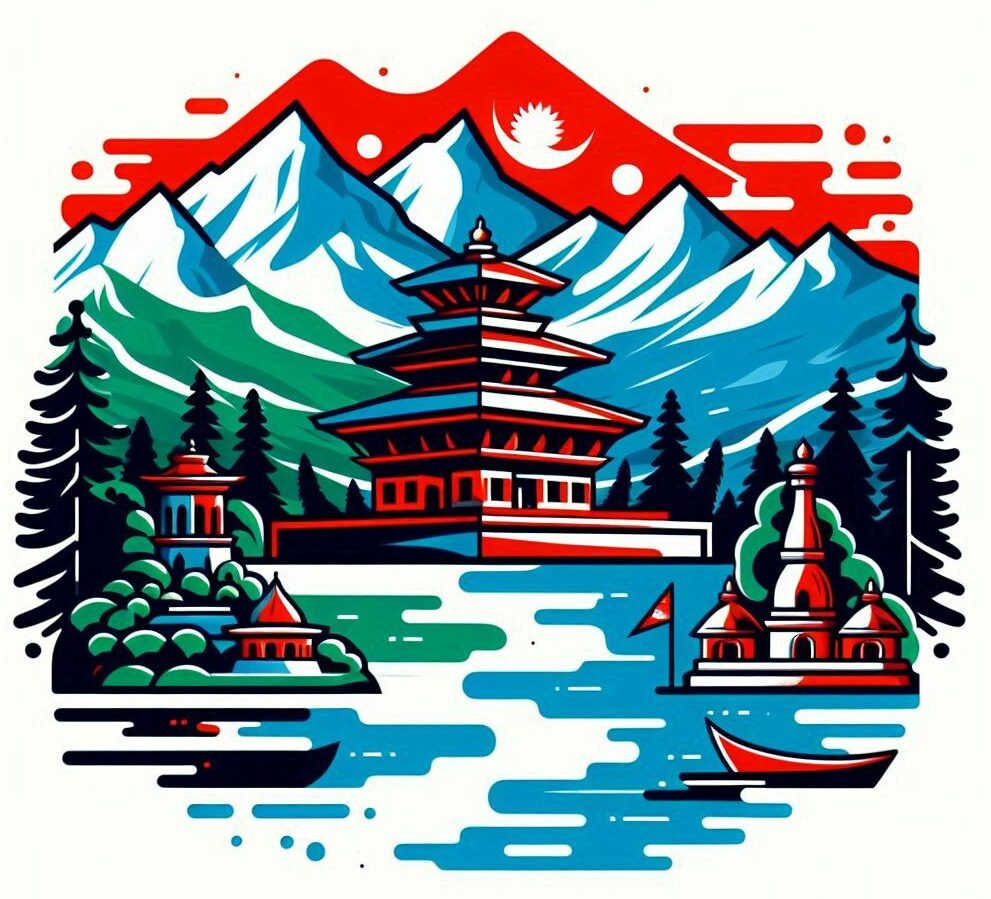A Foodie’S Guide To Nepalese Cuisine
Nepalese cuisine offers a rich choice of flavors that reflect the country’s diverse culture, geography, and history. From the high Himalayas to the lush plains, the variety in ingredients and cooking methods tells a story of adaptation and celebration. Nepal’s geographical diversity has a direct influence on its cuisine. The high-altitude regions rely heavily on … Read more
